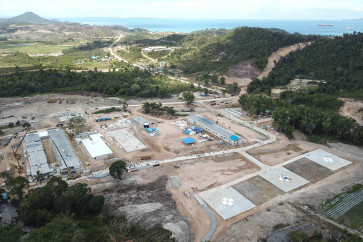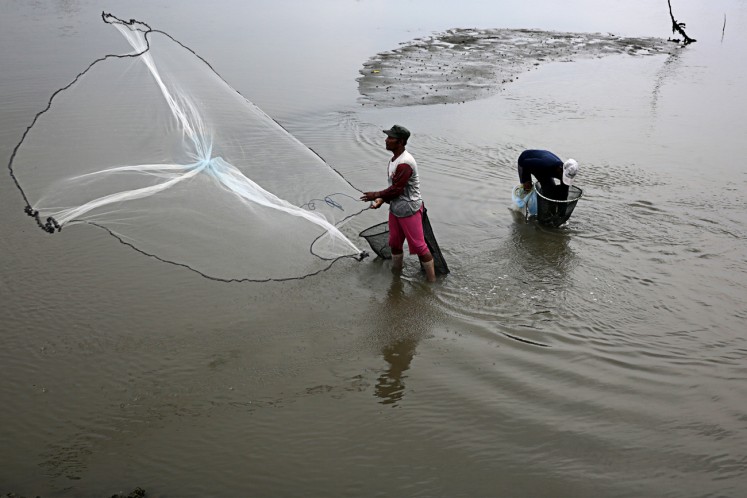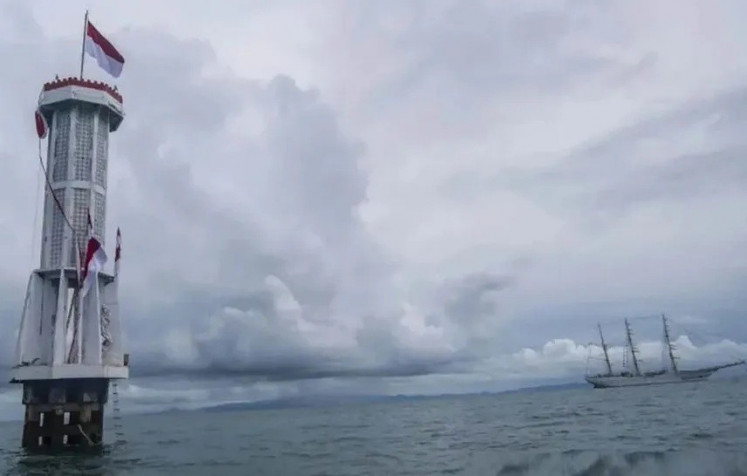Popular Reads
Top Results
Can't find what you're looking for?
View all search resultsPopular Reads
Top Results
Can't find what you're looking for?
View all search resultsSight: Phinisi
âAn agile ship that forms the core of the Bugis-Makassar peopleâs mastery over the seaâWords and Photos Agung ParameswaraThe phinisi, the traditional two-masted sailing ship of the South Sulawesi Bugis people, is arguably the most iconic image of the nationâs ancient maritime glory
Change text size
Gift Premium Articles
to Anyone
'An agile ship that forms the core of the Bugis-Makassar people's mastery over the sea'
Words and Photos Agung Parameswara
The phinisi, the traditional two-masted sailing ship of the South Sulawesi Bugis people, is arguably the most iconic image of the nation's ancient maritime glory. In olden times, the Bugis sailors sailed across the archipelago and beyond aboard these wooden schooners known for their speed and agility.
During feudal times, mercenaries from the region served as the naval forces for competing kingdoms in Java and Bali, enforcing sea blockades or engaging in coastal skirmishes.
I La Galigo, the world's longest manuscript detailing the creation narrative of the South Sulawesi indigenous ethnic group, mentions that the first phinisi was constructed by Sawerigading, the crown prince of Luwu, who used the two-masted ship to sail to China to pick up his bride-to-be.
Historians agree that the phinisi have roamed the waters of the archipelago since the 14th century.
Largely built using the design and construction techniques passed down from generation to generation, phinisi have now become the preferred sailing boat of many tour operators catering to wealthy clients who want to experience a unique journey across the country's eastern waters and around its islands.
The popularity of such sail trips has played an important role in sustaining phinisi builders in South Sulawesi. The center of phinisi shipbuilding lies in two areas ' Tana Beru and Bira ' in Bulukumba regency, 180 kilometers south of Makassar.
The boat craftsmen in Bulukumba do not have any special engineering training. They don't need complicated designs or technical calculations to determine the quantity of materials needed. Everything is handled according to traditional methods, including the elaborate rites performed at every stage of the construction and the sacrificial offering at the launching of the newly finished phinisi.














